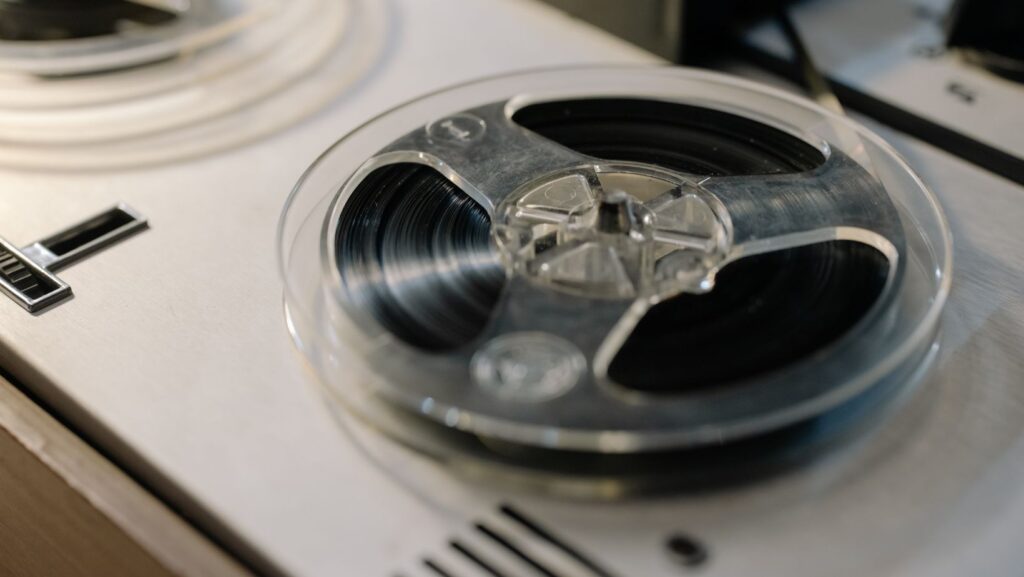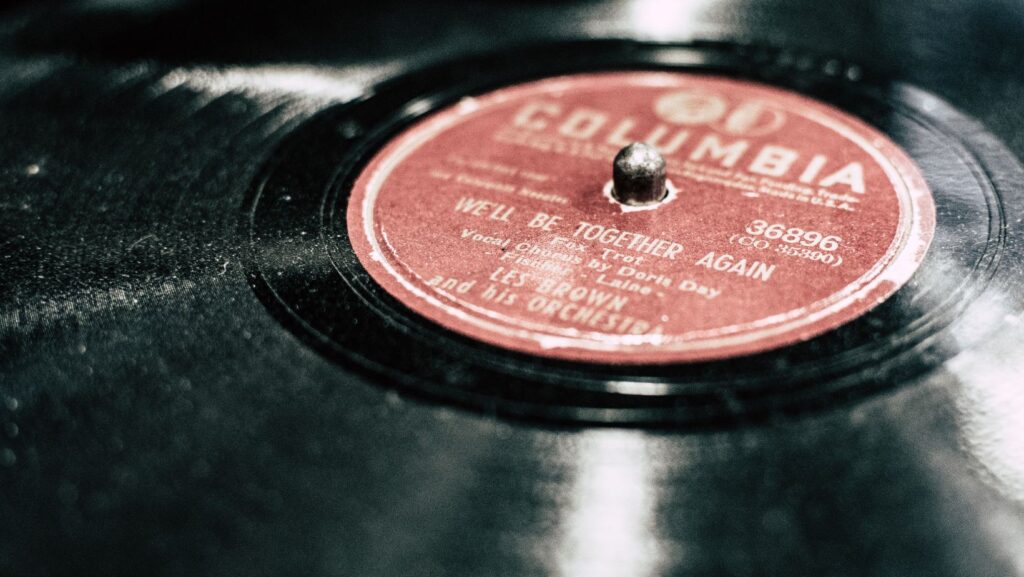8 Bit Soundtracks

In the realm of retro gaming, few elements evoke nostalgia quite like the iconic 8-bit soundtracks. These chiptunes, crafted with limited technology, have left an indelible mark on the gaming and music industries. Despite their simplicity, they possess a unique charm that continues to captivate audiences worldwide.
The magic of 8-bit soundtracks lies in their ability to transform basic electronic blips into memorable melodies. These compositions were not just background noise but integral to the gaming experience, enhancing emotions and immersing players in pixelated worlds. From the energetic beats of “Super Mario Bros.” to the haunting tunes of “Metroid”, these soundscapes have become timeless classics.
As technology advanced, 8-bit music paved the way for more complex audio experiences. Yet, its influence remains strong, inspiring modern musicians and game developers to revisit and reinvent these nostalgic sounds. Dive into the world of 8-bit soundtracks and discover the enduring legacy of these digital symphonies.
The Rise Of 8 Bit Soundtracks
The 1980s marked the beginning of a new era in gaming with the rise of 8-bit soundtracks. Limited by technology, composers used creative programming to craft captivating chiptunes. The Nintendo Entertainment System (NES) and the Game Boy became iconic platforms that popularized these distinct sounds.

Game developers sought to enhance gameplay through unique audio, resulting in memorable tracks. Titles like “The Legend of Zelda” and “Castlevania” showcased complex compositions despite hardware constraints. These soundtracks became synonymous with adventure and excitement, creating an immersive atmosphere.
Composers like Koji Kondo and Nobuo Uematsu pioneered the art of 8-bit music, influencing future generations. They demonstrated that powerful musical storytelling could thrive within technical limits. Their work inspired a movement that embraced minimalism and innovation, pushing creative boundaries.
8-bit soundtracks gained popularity beyond gaming. The retro scene saw musicians sampling chiptunes, integrating them into various genres. Artists embraced this nostalgic wave, reigniting interest in these seminal sounds. This resurgence highlighted the cultural impact of 8-bit compositions, bridging past and present creative landscapes.
Iconic 8 Bit Video Games
8-bit soundtracks left their mark on the history of gaming. These melodies defined an era of creativity and innovation.
Classic Titles And Their Melodies
“Super Mario Bros.” introduced players to catchy tunes that became synonymous with platforming success. Its main theme, composed by Koji Kondo, remains a defining example of musical power in simplicity. “The Legend of Zelda” showcased adventurous soundscapes by merging themes of exploration and courage, leading players on memorable quests. “Castlevania” offered gothic themes that perfectly matched its eerie atmosphere, solidifying its place as a classic.
Pioneering Composers
Koji Kondo and Nobuo Uematsu pioneered 8-bit music with their innovative compositions. Koji Kondo crafted memorable soundtracks for Nintendo titles, using limited polyphony to create rich textures. Nobuo Uematsu, renowned for his work on the “Final Fantasy” series, defined RPG soundtracks by blending classical influences with electronic sounds. These composers demonstrated the potential of 8-bit music to convey complex emotions through simple melodies.
The Technical Aspects Of 8 Bit Music
8-bit music emerged from a blend of technological constraints and creative ingenuity. Despite hardware limitations, composers crafted dynamic soundtracks that defined a gaming generation.

8-bit music faced significant constraints, primarily due to the limited polyphony and sound channels available on early gaming consoles. These systems typically offered 3-4 channels, restricting simultaneous sounds. This restriction pushed composers to prioritize melody and rhythm while omitting complex harmonies. They used clever programming tricks, like arpeggios and pitch bends, to simulate richer music experiences. Games like “Mega Man” relied on catchy lead melodies and memorable motifs, showcasing composers’ ingenuity within these boundaries.
Sound chips like the Nintendo Entertainment System’s (NES) Ricoh 2A03 and the Commodore 64’s SID chip played a pivotal role in shaping 8-bit music. These chips determined the tones and timbres available to composers, influencing the iconic sound qualities of chiptunes. The Ricoh 2A03 had two pulse wave channels, a triangle wave channel, a noise channel, and a digital sampling channel, enabling composers to produce diverse soundscapes. The SID chip offered more flexibility, with programmable waveforms and filters, often resulting in more complex musical compositions. These chips not only defined the auditory landscape of 8-bit games but also inspired a generation of electronic musicians.

